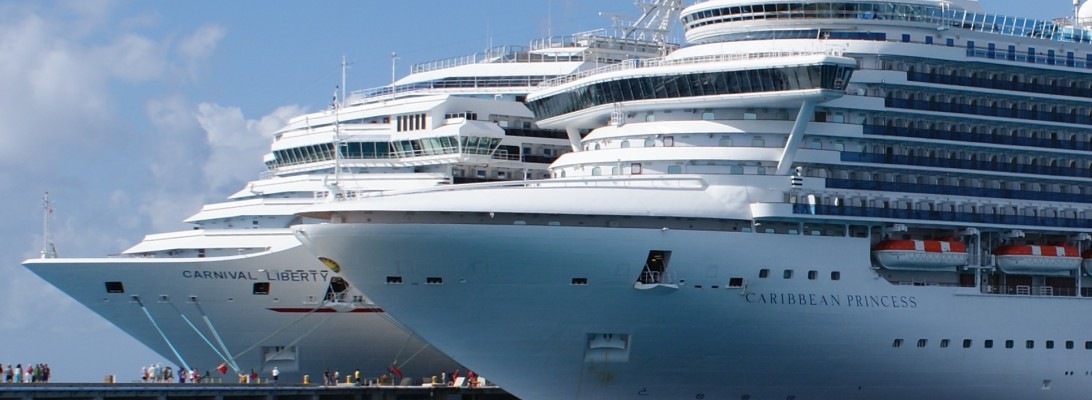CRUISE SHIPS introduce millions of people to exotic places throughout the Americas. As the industry grows, so does the size of the ships. Some carry as many as 5,000 passengers and crew. According to a study conducted by analyst G.P. Wild, the number of people taking cruises will reach 20.7 million by 2010. The Caribbean is the principal destination accounting for almost half of all cruise traffic.
The problem — according to Oceana, a non-profit organization based in Washington D.C. — is that cruise ships are legally able to dump raw sewage into the ocean. To address this issue, Oceana has launched the Stop Cruise Ship Pollution campaign with two goals in mind: create federal legislation in the U.S. to control cruise ship water pollution and convince cruise ship companies to install modern sewage treatment equipment. “These boats go to some of the most beautiful places on the planet, places that are already struggling with all kinds of pollution from development,” says Oceana Pollution Program Director and Senior Scientist Jackie Savitz. “These boats are capitalizing on the glory of the marine environment and in the meantime they are dumping all kinds of waste.”
Each day an average-sized cruise ship hosting 3,000 passengers and crew generates 30,000 gallons of sewage. An additional 255,000 gallons of waste water comes from sinks, dishwashers, and laundry — much of which contains toxic chemicals from industrial cleaning products, dry cleaning, and photo processing. Under current environmental laws, all of this waste can be dumped untreated into the ocean once the ship is more than three miles away from shore. “Harmful nutrients in sewage like nitrogen and phosphorous are well known pollutants that cause low oxygen problems like the dead zone in the Gulf of Mexico,” explains Savitz. She says that raw sewage contaminates marine ecosystems and contains viruses that can make humans and marine life sick.
The cruise ships have responded to public pressure by voluntarily adopting memorandums of understanding and waste management policies that agree to fully comply with laws and regulations, welcome new technology, and minimize waste. “We make our living off of pristine environments and we have no reason not to be invested in the future of the environment,” explains International Council of Cruise Lines President Michael Crye. He says that the industry has invested millions of dollars in advanced waste water treatment on board cruise ships and that some of the new systems — like those in use in Alaska — discharge water that is drinking-water quality. “Our mandatory waste management practices and procedures basically mandate that none of our members discharge anything within four miles of the shore unless they have these advanced wastewater treatment systems installed,” he explains.
Oceana wants all cruise ships to install the most current waste treatment technology and estimates that cruise ships could install new technology within five years at a cost of only $1.50 dollars per day per passenger. In order to find out if cruise customers would support the cost of new technology, Oceana hired Greenberg Quinlan Rosner Research, Inc. to conduct a survey of cruise ship patrons. The poll revealed that six out of ten cruisers are willing to pay extra to make sure that cruise ships never dump sewage into the ocean. More than 90 percent of this group said that they would pay more than $25. “What we want them to do is get into the 21st century and upgrade to state-of-the-art sewage treatment and then we’ll be off their back,” Savitz says. “If they treat the stuff and stop dumping raw sewage, we think the customers will be a lot happier and the oceans will be a lot better off.”
Published in Americas magazine by Chris Hardman

